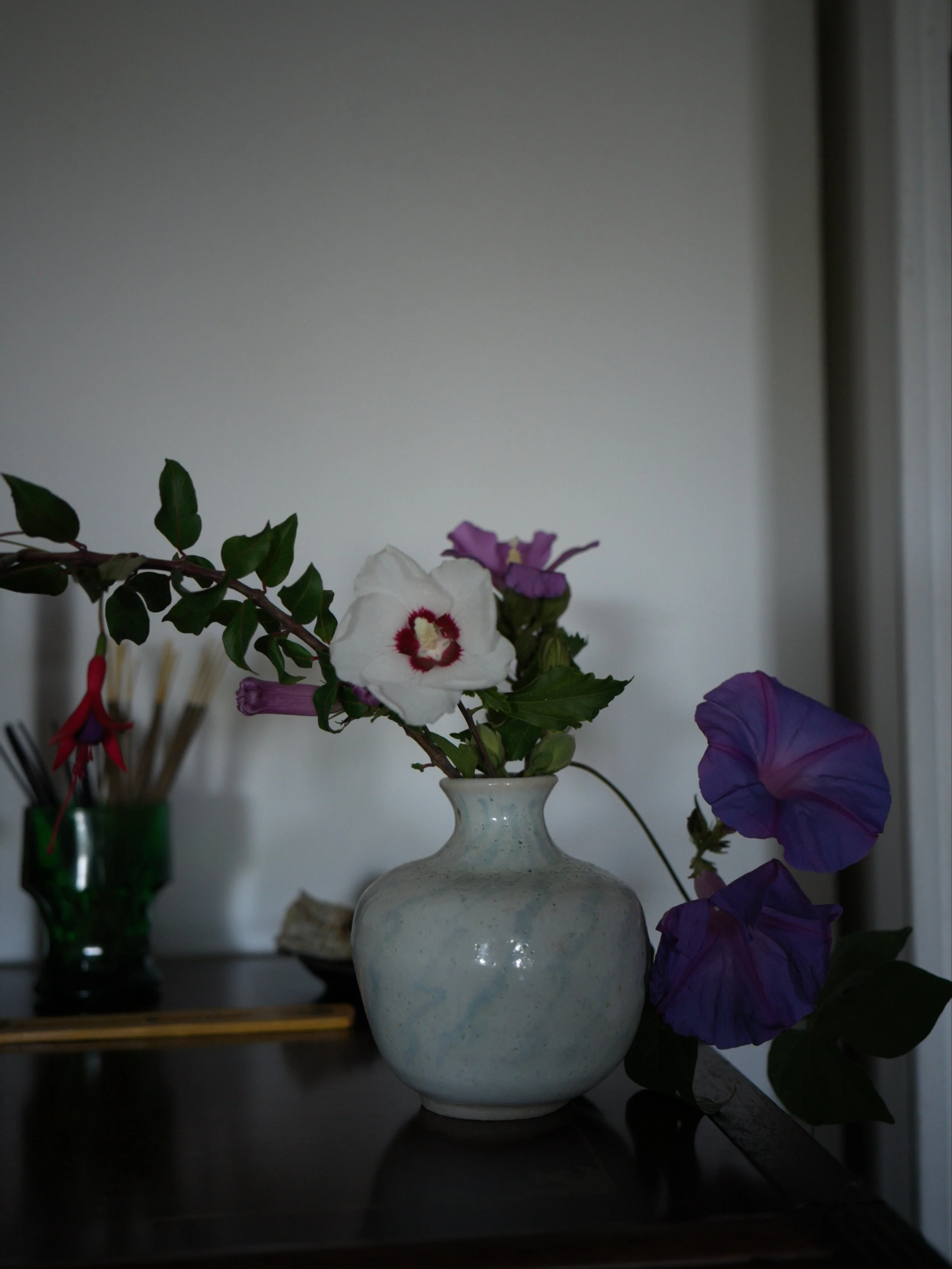It’s been a while since I’ve been here. Over the past months I’ve been so focused on working with my one-on-one clients and live groups. It has actually felt wonderful to step away from the online world a little and just be with people directly. It’s been refreshing, inspiring, and grounding.
In my sessions, I’ve noticed a few themes arising again and again. There is a lot of anxiety moving through people right now, and a deep need to be present with our emotions and our body: to calm the nervous system and simply learn how to be.
I once heard teacher Shakti Caterina Maggi say that the challenge of humanity today is to be with the disquiet, the unease that lives at the bottom of our being. I’ve found this to be very true, both in my work with others and in my own meditation and daily practice.
Often I imagine creating a clay container around myself—something that holds me and grounds me, like a seed-pod in the earth. From that groundedness, roots grow deep so that I can grow wide and tall and strong, able to weather whatever weather comes. It’s a daily practice, but once the nervous system learns resilience, it becomes more natural, something we can return to in small daily moments of kindness: when we cook for ourselves and our loved ones, when we walk in nature, when we notice the seasons.
The intelligence of the body awakens through our presence, but also through eating seasonal foods and connecting with the rhythms of nature—even just by taking a simple walk. These are things I try to weave into every day, and I highly recommend them.
Recently I’ve also done a gentle liver detox, and I’ve been eating a lot of kitchari and simple dals with green leaves and pumpkin, really settling into the autumn season, which is my favorite. Autumn still carries the energy of summer, but it invites us to begin slowing down.
On this note, I’d love to invite you to my weekly Yoga Nidra sessions. I host an ongoing class on Monday evenings and one on Thursday mornings. I also invite you to explore my online courses, Essential Drawing and Radical Care. They are precious creations, born directly from my own practices.
And as always and ever, I want to remind you that I offer one-on-one sessions both online and in person here in my studio in Italy. I’ll also be in Bologna in November, and in Milano too. If you feel you’d like some support, reach out. I’m here.









